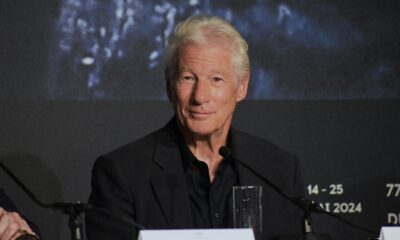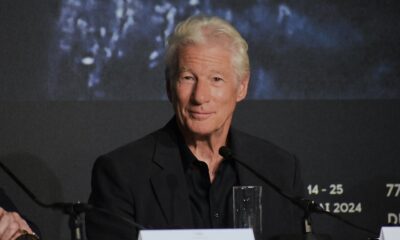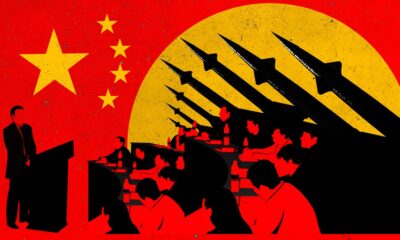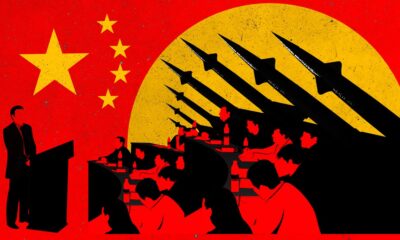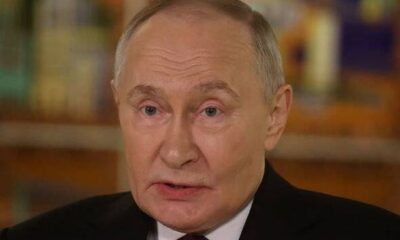Entertainment
Serbian Officials Promote ‘Serbian World’ at Historical Society Launch
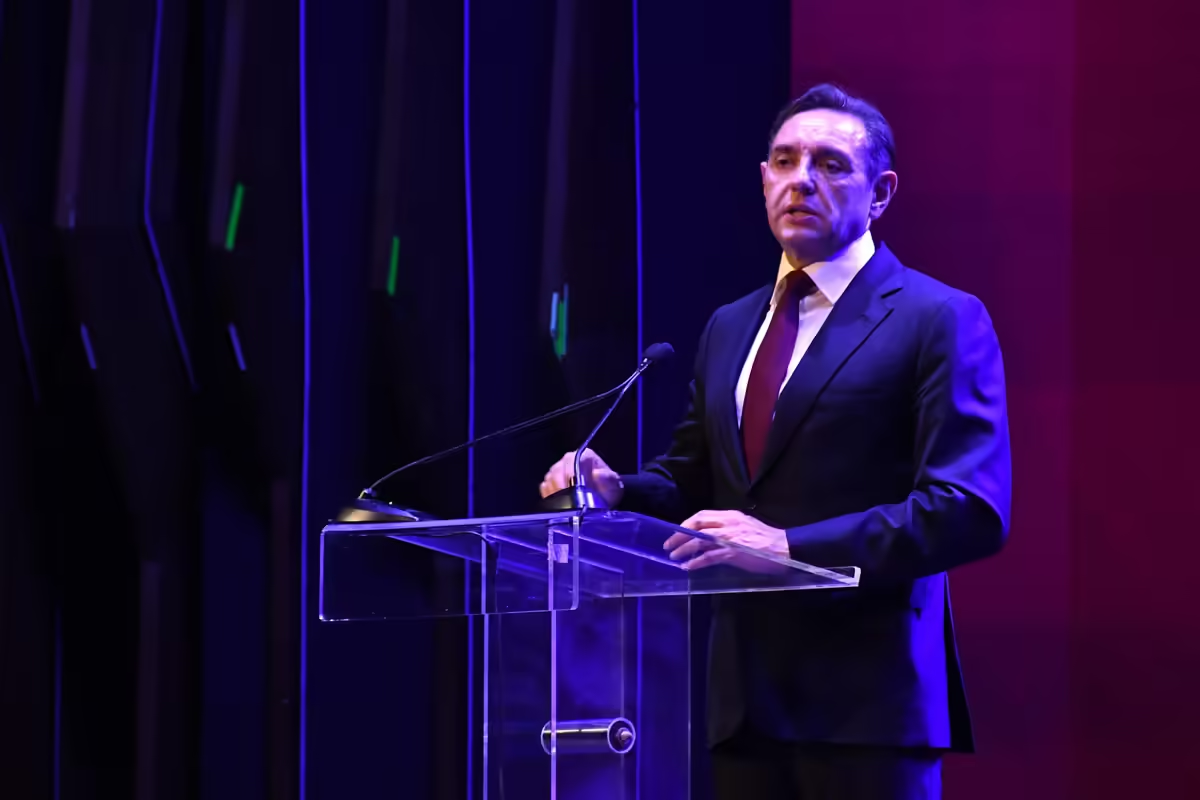
A significant political gathering took place in Belgrade on October 26, 2023, as Serbian officials openly endorsed the concept of a “Serbian World.” At the founding assembly of the Russian Historical Society, Aleksandar Vulin, the president of the Belgrade branch, emphasized the need for Serbia to be a steadfast ally of both Russia and China. He stated that the organization aims to “fight for the peaceful establishment of the Serbian World” without reservations.
The phrase “Serbian World” has drawn criticism since its first mention in September 2020. Many observers have linked it to the ambitions of Serbian political leaders during the turbulent breakup of Yugoslavia in the early 1990s, which contributed to significant violence and upheaval in the region. Vulin, a pro-Russian politician and former head of Serbia’s intelligence agency, made it clear that turning away from Russia would equate to turning away from Serbia itself.
At the assembly, he asserted, “Every generation of the Serbian people has awaited their physical survival to depend on Russia.” He further outlined the initial goals of the Russian Historical Society in Serbia, which include combating historical revisionism and preserving the “historical truth” regarding both the Serbian and Russian peoples.
Vulin has been a controversial figure due to his pro-Russian stance. In January 2024, he received an award from Russian President Vladimir Putin and the Federal Security Service. He was sanctioned by the U.S. State Department in mid-2023 for his connections with Russia and allegations of corruption during his tenure as head of the Security Information Agency.
The Russian Historical Society is led by Sergei Naryshkin, the director of the Russian Foreign Intelligence Service. Vulin and Naryshkin have met several times since Russia’s full-scale invasion of Ukraine began in February 2022. Despite sanctions imposed by the European Union on Kremlin officials, Serbia, which aspires to join the EU, has maintained its ties with Moscow, a relationship that Vulin has often championed.
During the assembly, Naryshkin addressed attendees via video message, highlighting the historical ties between Russia and Serbia, along with the “principled similarities” in their traditional values.
A solemn atmosphere characterized the event, with Serbian Interior Minister Ivica Dačić, Patriarch Porfirije of the Serbian Orthodox Church, and Goran Selak, president of the Socialist Party of Serbia, in attendance. Patriarch Porfirije stated, “The formal opening of the Russian Historical Society in Serbia represents a confirmation of the continuous and mutual spiritual connection between our two peoples.” He underscored the importance of the society in a time of “intense historical revisionism.”
Russian Ambassador to Serbia Aleksandar Bocan-Harčenko described the establishment of the Russian Historical Society as an important political and scientific message. He remarked, “One of the most crucial tasks for Russia and Serbia is to strengthen the sovereignty and independence of our peoples and states. Without knowing our history, there is neither sovereignty nor future.”
The assembly began with the national anthems of Russia, the Bosnian Serb entity in Bosnia and Herzegovina, and Serbia, followed by a moment of silence to honor Nebojša Pavković, a former general of the Yugoslav Army recently deceased and convicted by the Hague Tribunal.
The Russian Historical Society is an organization whose founders include the Russian Academy of Sciences, alongside Russian state media outlets such as RIA Novosti and Interfax. Recent reports indicate that one of its activities involves the restoration of museums in regions referred to as “New Russia,” a term the Kremlin uses for Ukraine’s occupied territories.
In a 2023 investigation, Radio Free Europe revealed that a photograph of a NATO bomb was displayed at the Russian Historical Society’s exhibition in Moscow, misrepresented as part of the Alliance’s weaponry during the 1999 bombing of the Federal Republic of Yugoslavia. This bomb, however, was actually photographed in an American base in South Vietnam during the years 1967-1970, long before the NATO intervention in the former Yugoslavia.
-

 Entertainment3 months ago
Entertainment3 months agoAnn Ming Reflects on ITV’s ‘I Fought the Law’ Drama
-

 Entertainment4 months ago
Entertainment4 months agoKate Garraway Sells £2 Million Home Amid Financial Struggles
-

 Health3 months ago
Health3 months agoKatie Price Faces New Health Concerns After Cancer Symptoms Resurface
-

 Entertainment3 weeks ago
Entertainment3 weeks agoCoronation Street Fans React as Todd Faces Heartbreaking Choice
-

 Entertainment3 months ago
Entertainment3 months agoCoronation Street’s Carl Webster Faces Trouble with New Affairs
-

 World3 days ago
World3 days agoKevin Sinfield Exceeds Fundraising Goal Ahead of Final Marathons
-

 Entertainment3 days ago
Entertainment3 days agoTwo Stars Evicted from I’m A Celebrity Just Days Before Finale
-

 World3 weeks ago
World3 weeks agoBailey Announces Heartbreaking Split from Rebecca After Reunion
-

 Entertainment3 months ago
Entertainment3 months agoWhere is Tinder Swindler Simon Leviev? Latest Updates Revealed
-

 Entertainment4 months ago
Entertainment4 months agoMarkiplier Addresses AI Controversy During Livestream Response
-

 Science2 months ago
Science2 months agoBrian Cox Addresses Claims of Alien Probe in 3I/ATLAS Discovery
-

 Health5 months ago
Health5 months agoCarol Vorderman Reflects on Health Scare and Family Support



